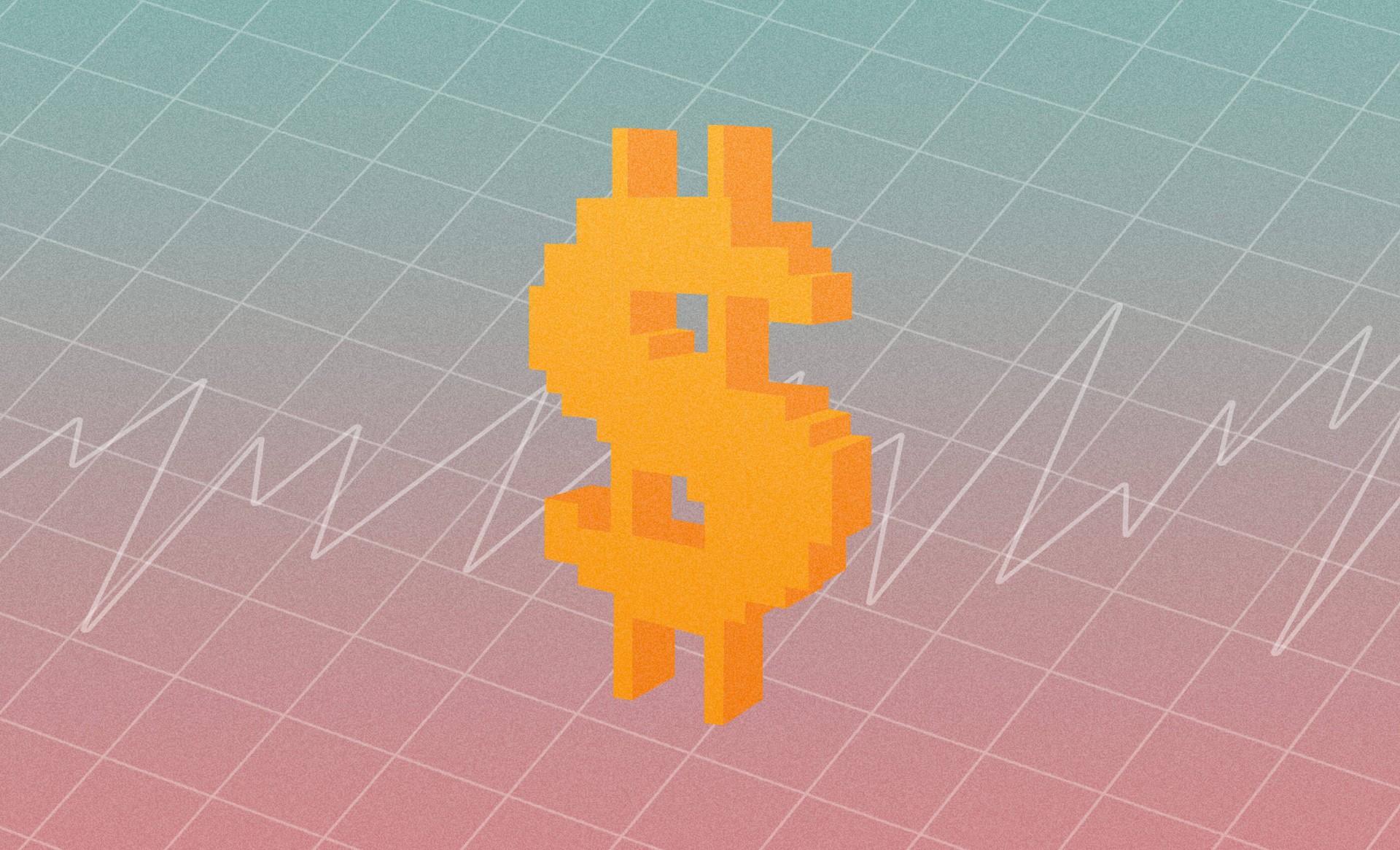
Finance for Humans
Should I Be Using Dollar-Cost Averaging? (And, Um, What Is It?)
It sounds pretty fancy and sophisticated. But even if you know what it means, you may be doing it wrong.
Wealthsimple makes powerful financial tools to help you grow and manage your money. Learn more
Let's say you just got your first bonus. $10,000! Congratulations. Now comes the pressure: What the heck are you supposed to do with a big, or even middling, chunk of money? You're pretty sure you're supposed to do something with it. (You know at least that much, right? You know about how if you just let it sit in a non-savings account it's actually losing money, thanks to inflation.) You may have your mind made up to start investing. You may even have your mind made up to start investing in a smart, low-fee passive investing portfolio. But maybe you're not sure whether you should just throw the whole pot into the market all at once, or if you should put it in a little at a time, like an I.V. drip of cash.
That latter strategy has a name: dollar-cost averaging. And it's often used for the wrong reasons.
The idea behind dollar-cost averaging is that you buy a fixed amount of whatever you've decided to invest in — be it mutual funds, individual stocks, that passive portfolio of exchange-traded funds ETFs — on a regular schedule, no matter the share price. It's a way to be certain you're not buying everything at the highest possible price, and people often use it because they believe it's the best way to reduce volatility in the long run.

Sign up for our weekly non-boring newsletter about money, markets, and more.
By providing your email, you are consenting to receive communications from Wealthsimple Media Inc. Visit our Privacy Policy for more info, or contact us at privacy@wealthsimple.com or 80 Spadina Ave., Toronto, ON.
It’s important to note that there are two different types of dollar-cost averaging. The first is when you turn on auto-deposits, or something similar. A lot of places let you do this with mutual funds, but Wealthsimple’s new Recurring Investments feature opens up the options. You can also buy ETFs, individual stocks, and even crypto at a weekly, bi-weekly, or monthly pace. This means that, on a regular basis (weekly, monthly, etc.), you take a portion of your income and invest it, which is essentially what work retirement plans do. This is something we think is simply smart — we don't know many financial advisors who would advocate against it.
The second type is more like the example above. You've got a lump sum of cash — whether it's your $10,000 bonus or money that you've accumulated and is sitting in a bank account, etc. — and you decide to drip, drip, drip that money into the market over time. That's the version we want to address here.
Here’s how that might decrease volatility. Let’s say you’re going to invest that $10,000 bonus in an ETF called Yay Money. Instead of doing it in a lump sum, you make a plan to buy $1,000 worth, every month, for ten months. In month one, Yay Money's share price is $250, so your $1,000 buys four shares. The next month, Yay Money's shares have dropped to $200, so your monthly allotment now buys five shares. In month three, Yay Money has surged to $300 a share, so your $1,000 now gets you 3.33 shares. You get the idea.
What's surprising is that the best thing about that type of dollar-cost averaging is actually psychological, not financial. For those of us who are risk averse, especially folks who are new to investing, it's a good way to make it less scary to put a large sum into the market. Over time you can get comfortable with normal market fluctuations. “It's great for those who fear the psychological impact of a market drop,” says Dan Tersigni, an advisor at Wealthsimple. “The best reason to do dollar-cost averaging is to get over the fear of getting in the market in the first place.”
It also reduces the gambler's temptation to time the market, which also doesn't work over the long term. “Many studies suggest that nobody, not even professionals, know what the market is going to do in the shorter term,” Tersigni says. “If you’ve going to do it and do it right, you have to be disciplined. You can't be swayed by the movements of the market.”
But is dollar-cost averaging a better strategy than putting that $10,000 into the market all at once? An oft-quoted study by Vanguard found that investing your money all at once gave investors better results than dollar-cost averaging 66 percent of the time. And the longer the time frame, the greater the chance that investing all at once was a better strategy. Why? Because while you're waiting to invest your money over time, it's sitting on the sideline, not earning much in the way of returns.
But the report also concluded dollar-cost averaging can help investors control their emotions. “If the investor is primarily concerned with reducing short-term downside risk and the potential for regret,” the report read, “then (dollar-cost averaging) may be a better alternative.” And that’s the real point of dollar-cost averaging: It’s not so much about the price you pay for shares, it’s about learning a non-emotional approach to investing.
Which is actually one of the most important lessons about investing, period.
Illustration by Elsa Chiao.
Wealthsimple's education team is made up of writers and financial experts dedicated to making the world of finance easy to understand and not-at-all boring to read.










